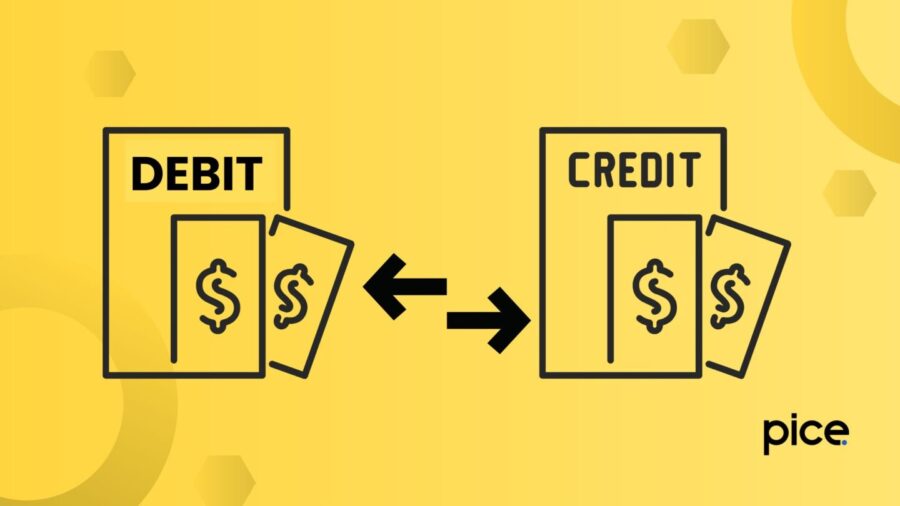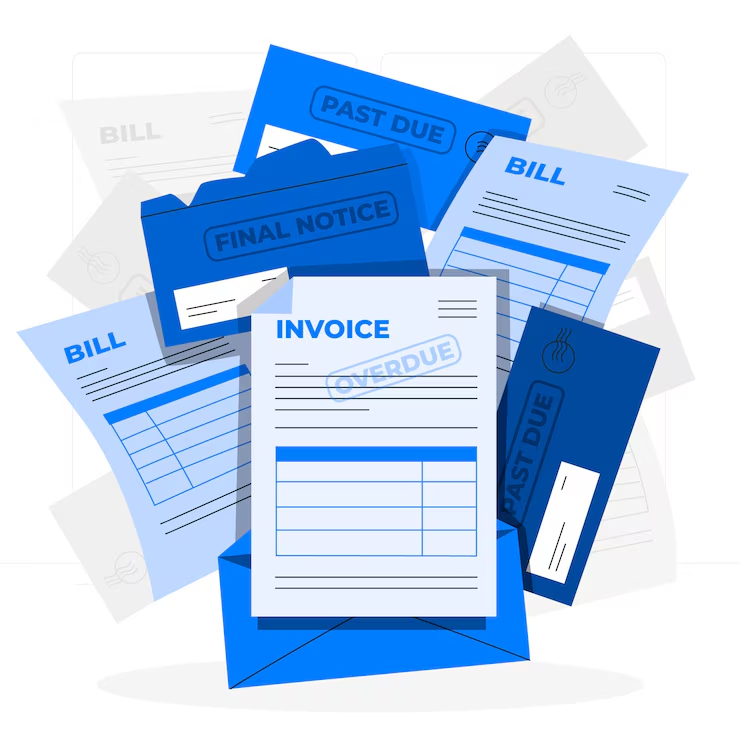Difference Between Debit Note and Credit Note in GST
- 20 Sep 24
- 7 mins

Difference Between Debit Note and Credit Note in GST
Key Takeaways
- Debit and credit notes adjust a taxpayer's tax liability under specific circumstances.
- Debit notes are typically issued by buyers, while credit notes are issued by sellers.
- Debit notes reflect positive amounts and increase tax liability, whereas credit notes reflect negative amounts and decrease tax liability.
- A debit note updates purchase return books, while a credit note updates sales return books.
- Input tax credit is available to buyers based on a debit note but not on a credit note.
Debit and credit notes are crucial commercial documents that can be issued under different circumstances to adjust the tax liability of a taxpayer. Both serve different purposes which has given rise to striking differences between them. This blog covers the difference between debit note and credit note in GST in detail. Read on to learn more.
Debit Notes Vs Credit Notes: Key Differences
The table below highlights some striking differences between credit notes and debit notes that will help you distinguish between the two:
| Parameters | Debit Notes | Credit Notes |
| Sections Associated | Covered under Section 2(38) of the CGST Act | Covered under Section 2(37) of the CGST Act |
| Issuer | The one who purchases the goods | The one who sells the goods |
| When They Can Be Issued | Buyers can issue it only when they go for credit purchases | Sellers can issue it in the event of credit sales |
| Meaning of the Terms | Usually, the buyer issues a debit note to sellers when they return the purchases due to quality issues. It outlines the reason for returning goods | The seller issues this legal document to confirm the return of purchased goods due to issues in their quality |
| Impact of These Papers | The accounts receivables present in the books of sellers are reduced. | The account payables in the books of buyers are reduced. |
| Type | This is a type of return of purchases | This is a type of return of sales |
| Reflects | It reflects a positive amount | It reflects a negative amount |
| Accounting Changes | Its issuance leads to updating the purchase return books | Its issuance leads to updating the sales return books |
| Entry Type | The supplier account is debited and the purchase account is credited | The annual return account for sales is debited and the customer account is credited |
| Issued by the Receiver | Even a seller can issue a debit note if they have undercharged the buyer or if they have sent additional goods than what was ordered | Even a buyer has the flexibility to issue a credit note to acknowledge the debit note that the seller issues |
| Issued in Exchange | Debit note is primarily issued in exchange for credit notes | A credit note is primarily issued in exchange for debit notes |
| Colour of Ink | Issued in blue ink by the registered person | Issued in red ink by the registered person |
| Impact on Tax Liability | Tax liability will increase after issuing a debit note | Tax liability will decrease after issuing a credit note |
| Input Tax Credit | Available to the buyers based on the debit note | Not available to buyers as per the credit note |
Common Reasons for Issuing Debit Notes and Credit Notes
There can be a variety of reasons for issuing a credit note & debit note during B2C supplies. One should know about them in detail to get an idea of when they can issue these documents to leverage their benefits.
Scenarios when debit notes can be issued:
- Error in the declaration of good value: Sellers can issue a debit note in case they have declared the wrong value of the goods or services in the original invoice sold to their customers.
- Mistakes in tax rate declaration: If the supplier has mentioned a lower tax rate in comparison to the actual tax rate in the original invoice, they can issue this document to their customer to record this debit adjustment.
- Differences in quantity ordered and delivered: In case the supplier has delivered a higher quantity of goods than what was ordered, they can issue a debit note or a debit memo.
Scenarios when credit notes can be issued:
- Issues in the quality of goods delivered: If the buyer received goods from the seller that lacked the promised quality of goods, they can issue a credit memo to return them.
- Availability of post-sale discount: In case a seller offers a discount after the sale of the goods, buyers can issue this document containing a supplementary invoice to record this credit adjustment.
- Additional amounts charged by the seller: If a seller claims additional charges from the buyer to sell the goods, they can issue a credit note containing a supplementary invoice to rectify their mistakes.
Information that Must Appear on Debit and Credit Notes

There is certain information that must appear on the debit and credit notes. Know about them in detail from the list below:
- Name, address, GSTIN of the supplier
- A consecutive serial number
- Date of issue
- Name of the recipient
- Address of the recipient
- GSTIN of the recipient (for a registered recipient) or address of delivery, State name, and State code (for an unregistered recipient)
- Serial number and date of tax invoice/ bill of supply
- Value of the taxable supply, rate of tax, the amount of tax credited to the recipient, and other financial records
- Signature/ digital signature
The Bottom Line
Now that you are aware of the difference between debit note and credit note in GST along with their purposes, you can issue them as and when required during business transactions. However, make sure to fill out all the information accurately including the additional financial records to correctly document the adjustments in tax liability.
 By
By 

















